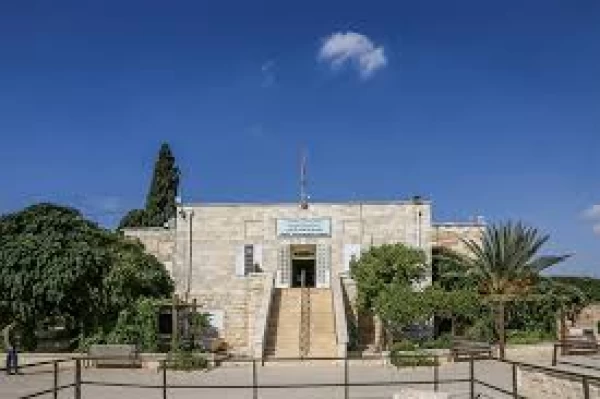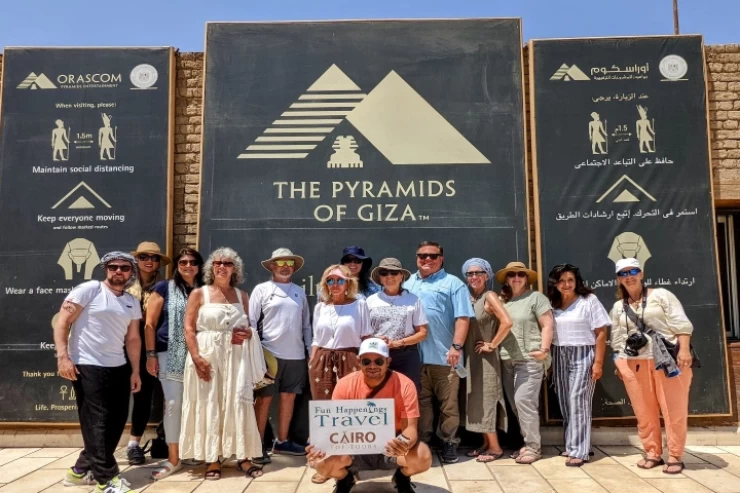
Jordan Archaeological Museum
The Jordan Archaeological Museum is located on top of Citadel Mountain and in the heart of Amman the museum was built in 1952 to display the various pieces of art that were found in archaeological sites that were discovered during excavations throughout Jordan.
The building was designed by the British engineer Austin Harrison, who designed the building of the Palestinian Museum in Jerusalem, under the supervision of the Director-General of Antiquities at the time, Gerald Lancasterharding.
Display cases made of copper, glass, and wood were brought from Britain, as were the holders for the flip charts.
Two decades later, cabinets in wood, aluminum, and glass were added when the number of pieces coming into the museum doubled.
The museum was designed to depend on natural lighting (sunlight) through the windows at the top of the building, and on electric lamps installed on the walls of the museum and above the cupboards so as not to shine light directly on the artifacts and harm them. Later, fluorescent lamps were added to the ceiling of the museum.
As for the museum’s courtyard and garden overlooking the Temple of Hercules, it has been modernized, developed, and cultivated, and a number of archaeological stone pieces are displayed in it, the most important of which are two marble pieces believed to belong to a huge statue of Hercules. In addition to a number of sculptures, architectural ornaments, and basalt sarcophagi.
the museum includes collections of artifacts from various locations of Jordan, exhibits include pieces of pottery, glass, metal, plaster, stone, inscriptions, seals, and collections of gold jewelry and coins representing various historical periods.
In the early nineties, the reception of antiquities was stopped due to the overcrowding of antiquities in warehouses and halls, and the lack of additional spaces to accommodate more of them. Therefore, warehouses were established in Tabarbour to receive artifacts from the aforementioned sources. Currently, only rare and very important pieces are returned to the museum.
The museum acquires about twenty thousand antiquities, including pottery, glass, tray tools, inscriptions, metal utensils, and gold ornaments, in addition to marble, stone, and stucco statues, and more than 36,500 gold, silver, and bronze coins.
The museum is distinguished by its acquisition of rare artifacts that have no parallel anywhere in the world, such as:
Ain Ghazal plaster statues, copper coil from the Dead Sea Scrolls, Tel Siran copper flask, Taiki Amman statue, pottery coffins similar to their pharaonic counterparts.















